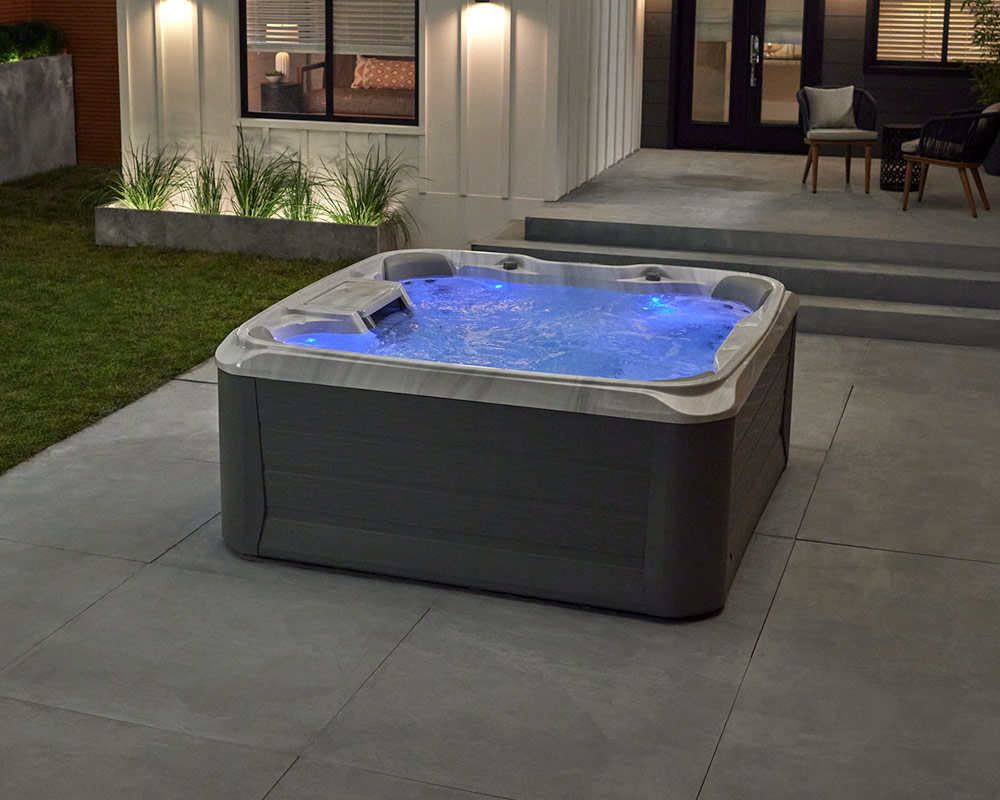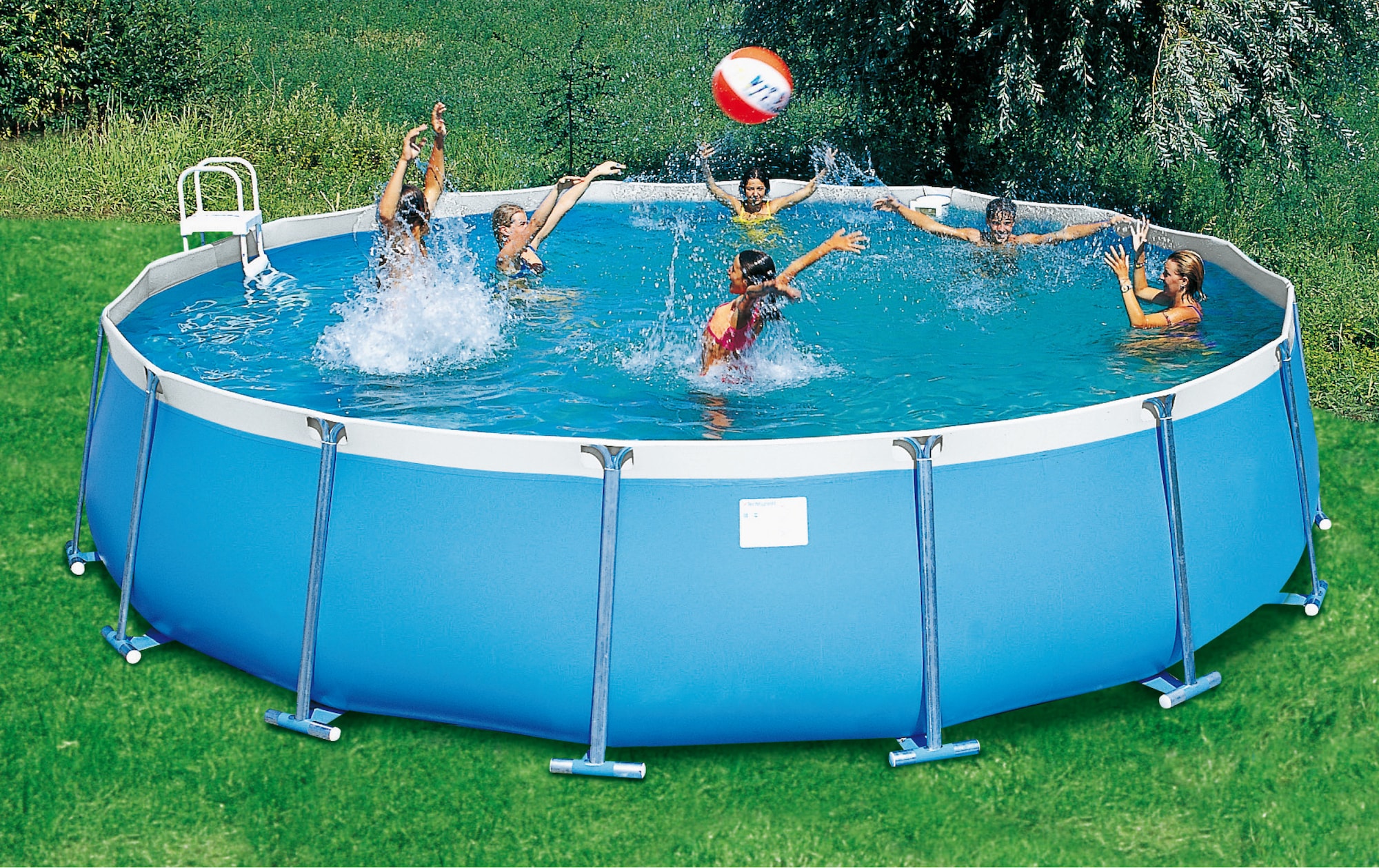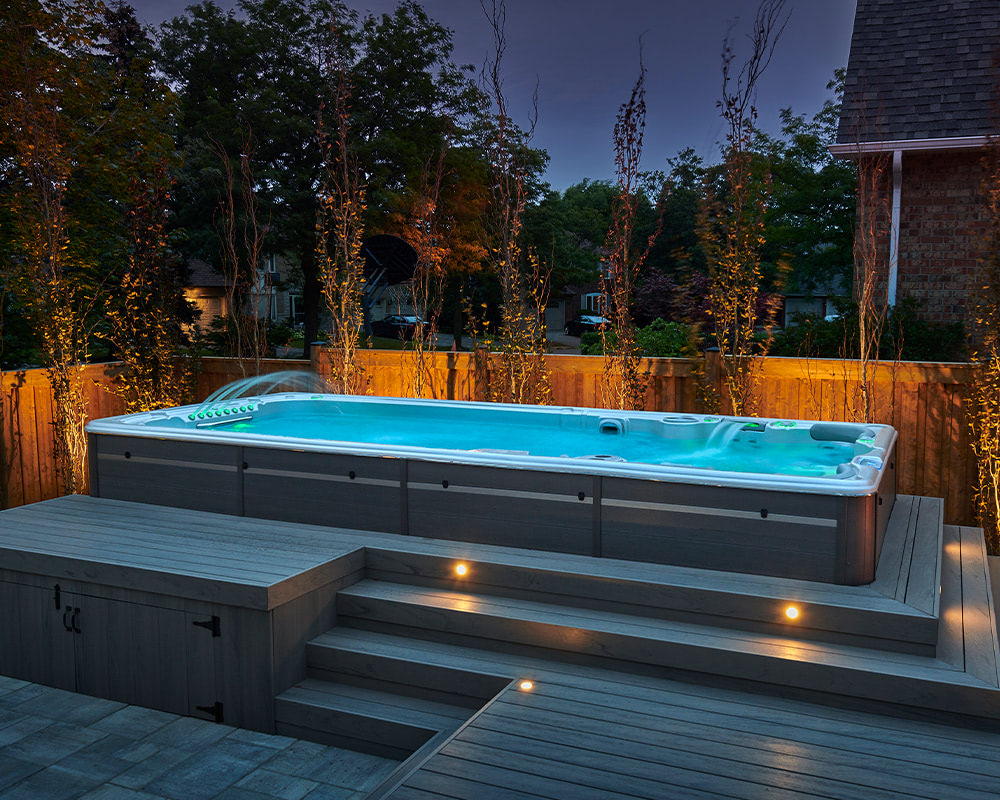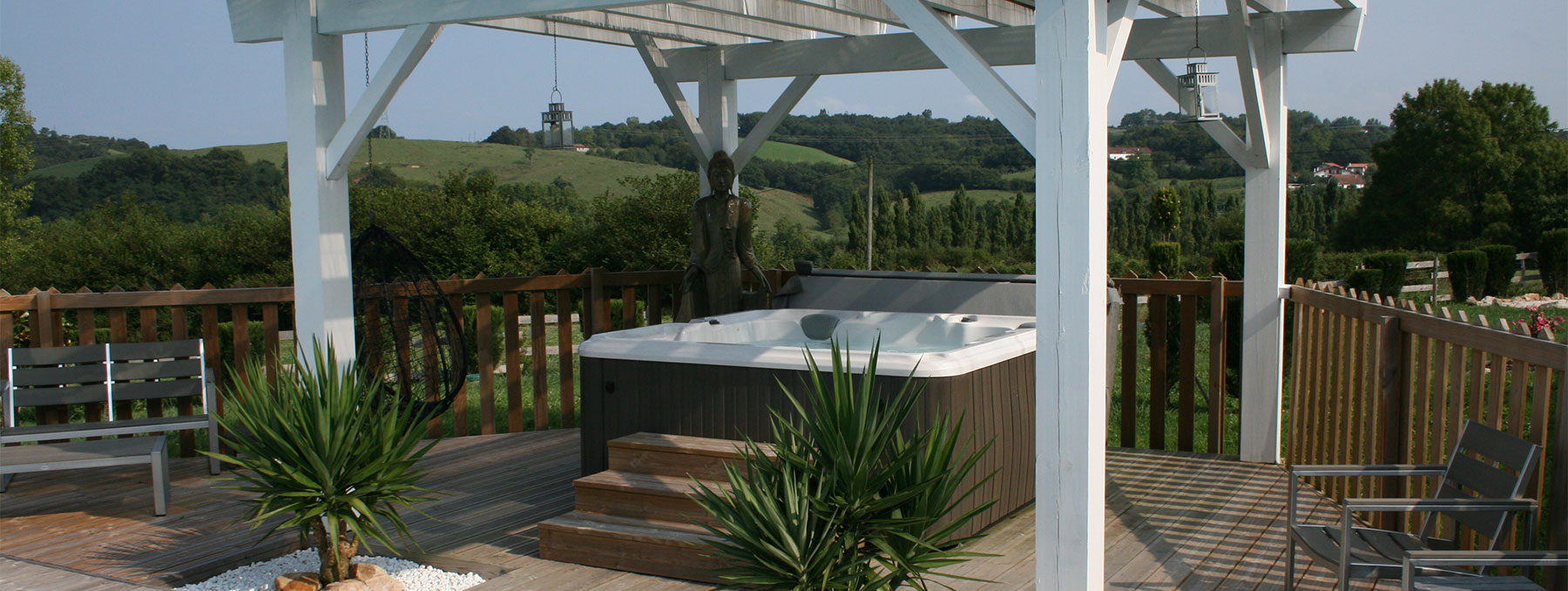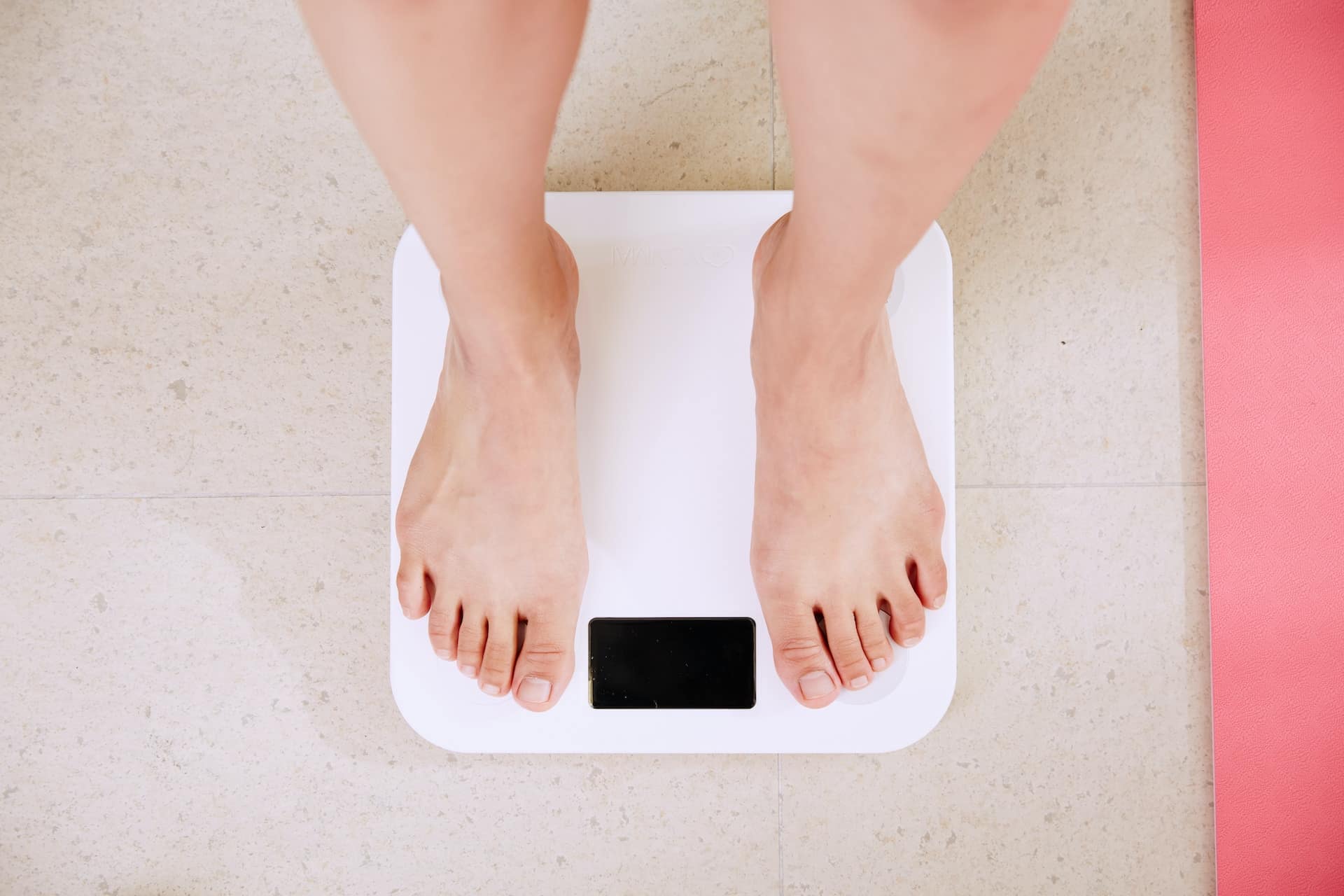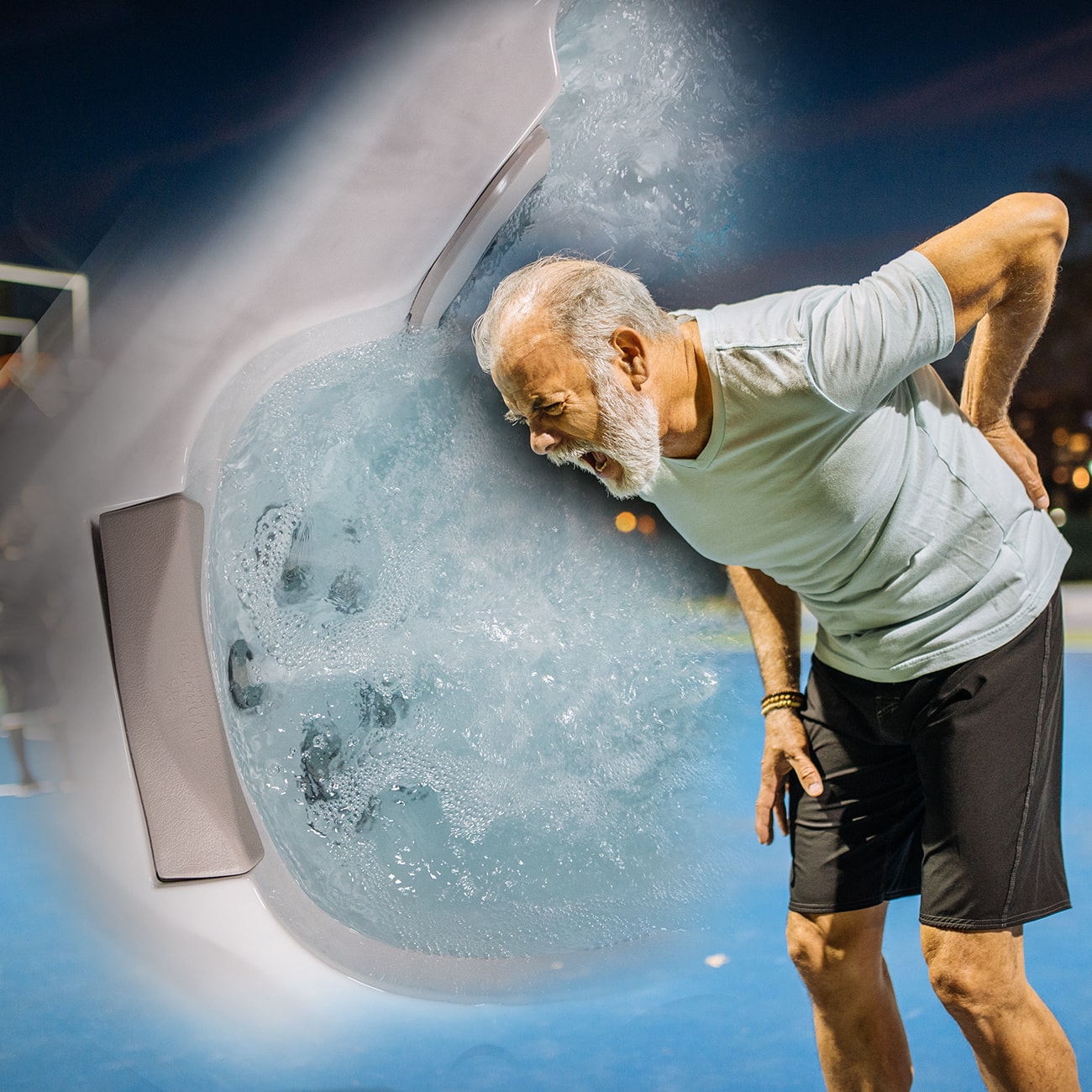Hot tubs are often associated with relaxation and enjoyment, but did you know they also offer health benefits? Hydrotherapy, or the use of water for therapeutic purposes, is a great way to help with pain management and recovery.
In this blog post, we’ll explore the science behind hydrotherapy and how hot tubs can be a valuable tool in achieving better health and well-being.
The Science of Hydrotherapy

Hydrotherapy is a form of physical therapy that involves the use of water to promote healing and improve health. The physiological effects of hydrotherapy on the body are numerous. Heat, buoyancy, and hydrostatic pressure all play a role in providing therapeutic benefits. The warmth of the water helps to increase blood flow, which can reduce inflammation and promote healing. Buoyancy helps to reduce pressure on joints, making it an effective treatment for arthritis and other chronic conditions. Hydrostatic pressure can improve circulation and reduce swelling, making it beneficial for post-surgery recovery and sports-related injuries.
Hydrotherapy and Pain Management

Hydrotherapy can be a highly effective way to manage pain. Immersing yourself in warm water, enhanced by the powerful massaging pulse of jets, can help release lactic acid and relieve post-workout aches and pains.
Hydrotherapy in a hot tub or swim spa can target specific areas of pain, such as your legs after a long run or your shoulders after a day of weight training. People with arthritis can also benefit from hydrotherapy as it stimulates blood flow to stiff muscles and tender joints, reducing overall pain, and even increasing grip strength.
Hydrotherapy can also provide relief to those suffering from lower back pain, which is a common issue affecting people of all ages and fitness levels. The buoyancy and warmth of the water, combined with concentrated hydromassage jets, can provide targeted relief to sore muscles in the lower back.
Safety and Maintenance
While hot tubs and swim spas can be effective tools for hydrotherapy, it is important to take safety precautions and properly maintain them to ensure optimal benefits. Safety precautions include:
- Not using the hot tub while under the influence of drugs or alcohol.
- Only allowing children to use the hot tub with adult supervision.
- Following the manufacturer’s instructions for proper installation and maintenance.
Proper maintenance includes regularly checking the water’s chemical balance, cleaning the filter, and draining and refilling the hot tub as needed.
Conclusion
Hydrotherapy is an effective way to manage pain by increasing circulation, reducing inflammation, and promoting relaxation. It can be especially helpful for those with chronic conditions such as arthritis, as well as for post-workout soreness or lower back pain.
If you are interested in learning more about hydrotherapy or trying it out for yourself, visit Rejuvenate Pools & Spas. We can provide you with expert advice on the different types of hydrotherapy options available, help you select the right spa for your needs, and offer tips for maintaining it for optimal benefits. Contact Rejuvenate Pools & Spas today to experience the many benefits of hydrotherapy for yourself.
